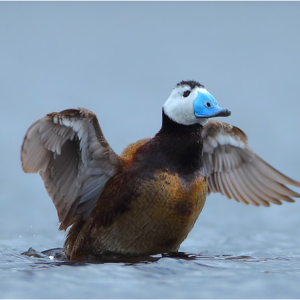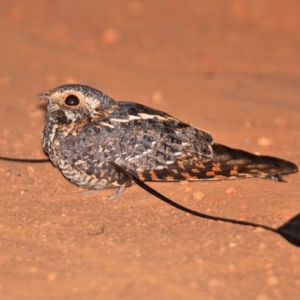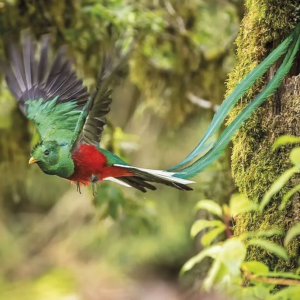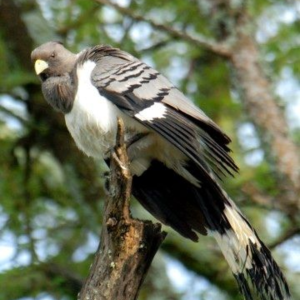No, this is not Salvador Dali. It’s a mustached seabird, called Inca Tern. This unique species is endemic to Peru and Chile, and besides its white mustache that goes to both sides of its head, the bird can be recognized by the red-orange beak and feet.
This dapper chap is preened to perfection with its crisp white facial hair resembling a perfect handlebar mustache.
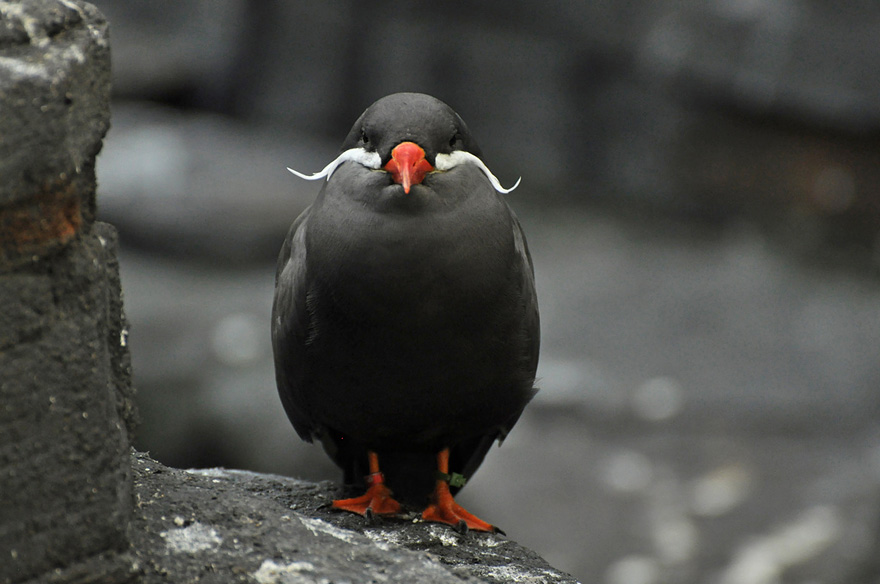
The Inca Tern’s curious plumage contrasts with its black body, red beak, and yellow facial markings. Photographer Kathryn Lisko snapped the bird at Milwaukee County Zoo in her home city in Wisconsin, United States.
The wildlife ecology graduate has been a regular visitor to the zoo for the last two decades. She said: ‘I have visited the aviary many times but never encountered these little terns before. I saw three Inca Terns relaxing on the path and their mustache feathers fascinated me as they posed for photos.’
She said one of the terns was so tame she was able to walk straight up to it, even when its friends had flown off. She added: ‘After I had taken a series of photos of the tern, a small dabbling duck waddled up the path. ‘He scared the tern off so that he could get to a piece of fish nearby on the stones. I have never seen a bird with mustache feathers before.
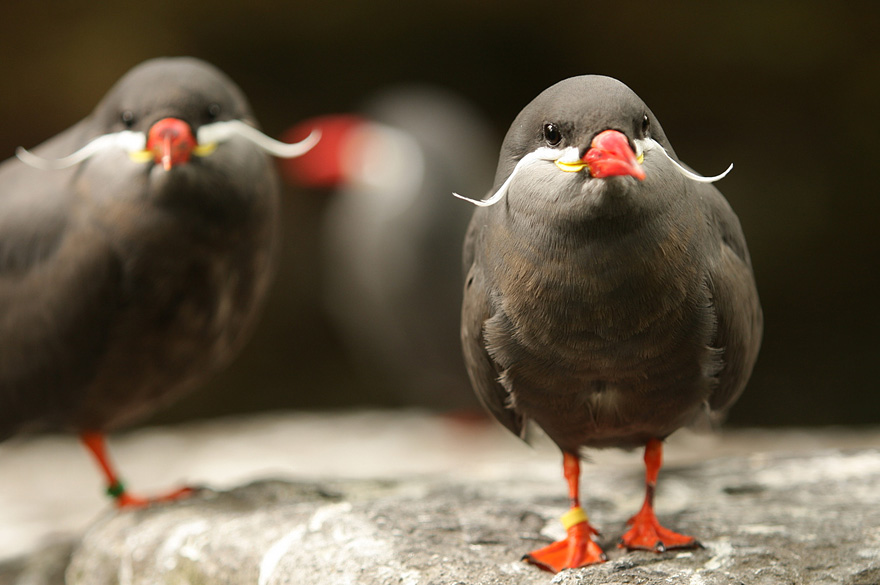
Image credits: Vemsteroo
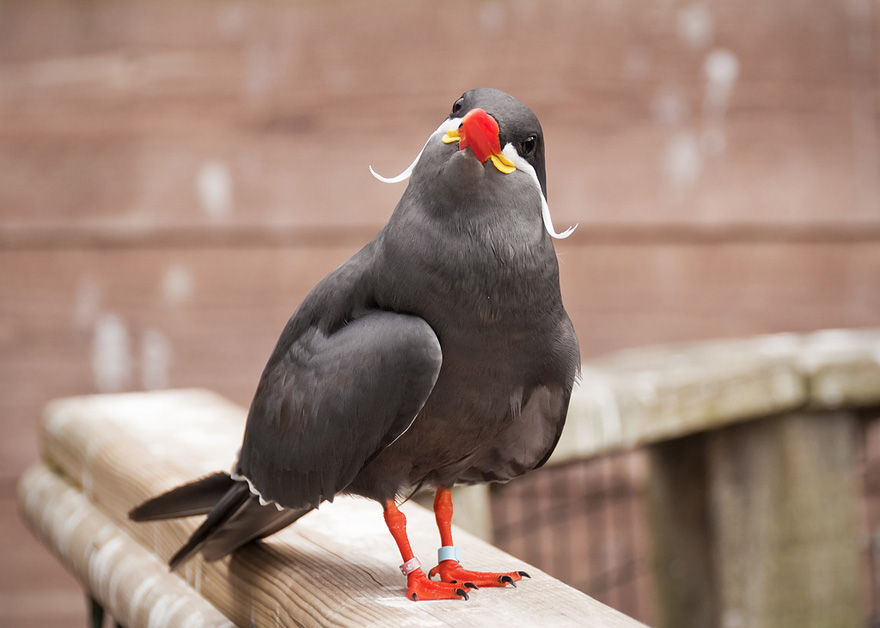
It’s Commonly Compared To The Iconic Facial Hair Of Salvador Dali
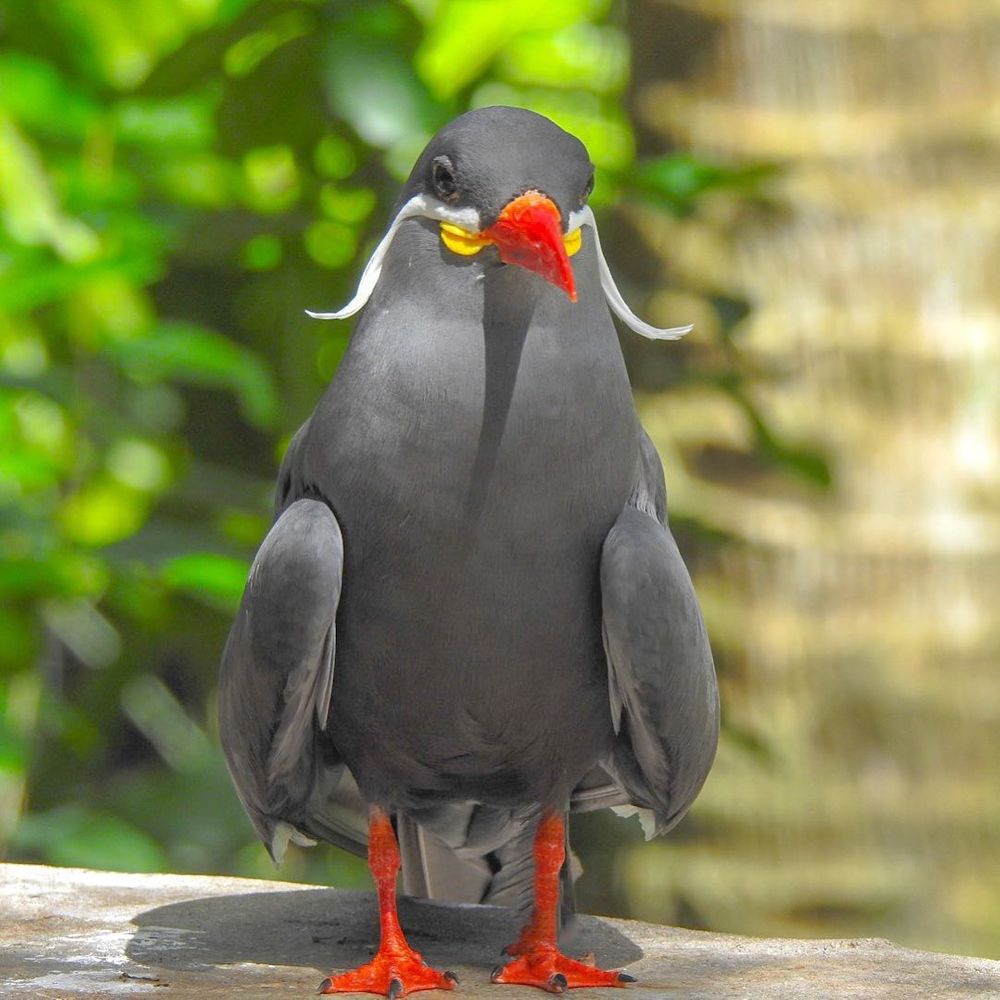
The species is found only near the cold waters of the Humboldt Current, where the birds feed on anchovies and other small fish. Specifically, they can be found at the Pacific coast from Peru to Chile; breeds on inshore islands and coastal cliffs Like Least Terns, Inca Terns feed by plunge-diving, and surface dipping. The birds also scavenge scraps from sea lions, dolphins, and fishing boats. Declining fish stocks are one of the reasons for this species’ population decline.
The Inca Tern’s elaborate courtship includes a “high flight,” with the male quickly ascending to several hundred feet, pursued by the female. Pairs choose a nest site in cliff hollows or fissures—sometimes even in the old nest burrow of a Humboldt Penguin. They often return to the same nest site for several years in a row, and both parents incubate and care for the chicks.


